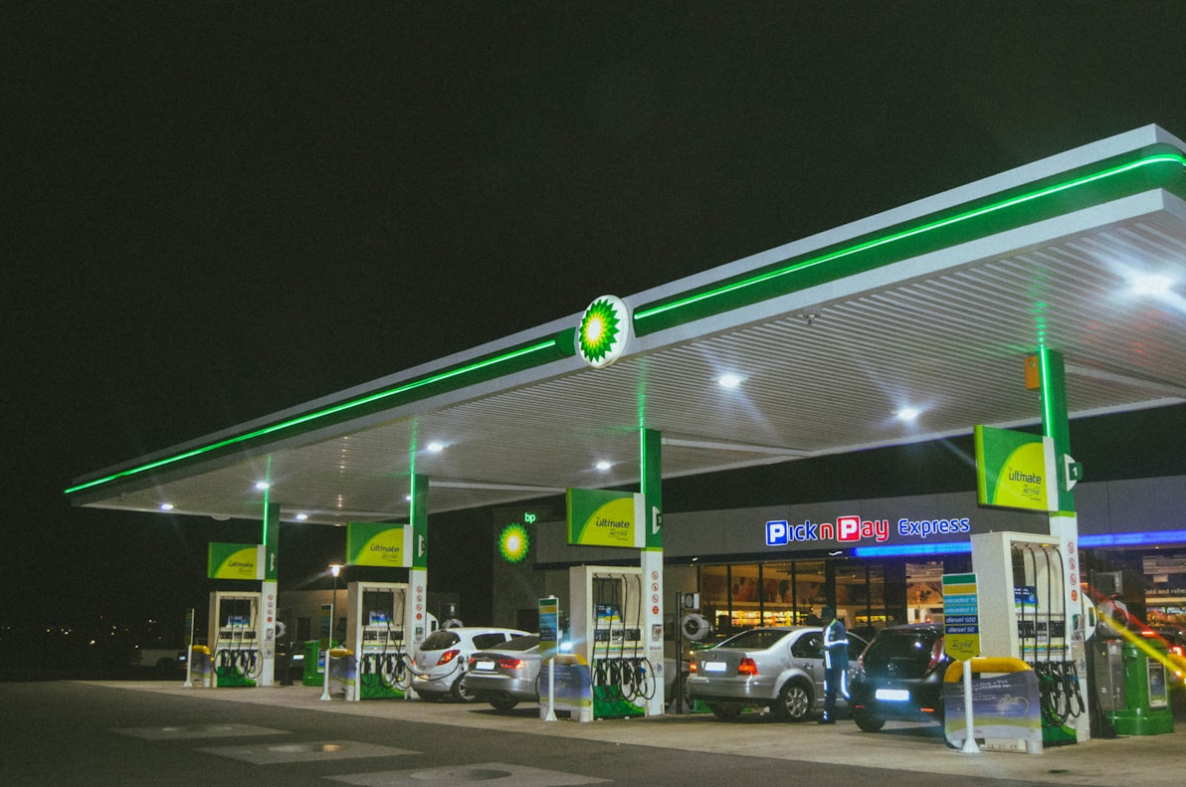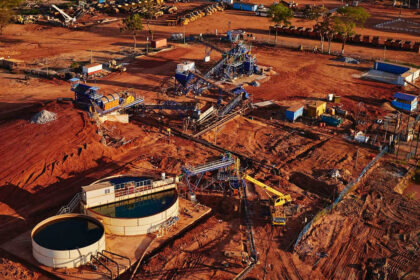At a Glance
- The Central African Republic tops fuel costs, with $1.851 per liter, driven by infrastructure and import challenges.
- Import dependency and fuel taxes significantly impact Zimbabwe’s high fuel prices of $1.600 per liter.
- Kenya’s fuel price of $1.453 per liter strains its transportation and inflation dynamics, highlighting energy policy challenges.
Fuel prices are a critical economic indicator influencing the cost of living, business operations, and overall economic stability.
In Africa, where many countries rely heavily on imported petroleum products, fluctuations in fuel prices have far-reaching impacts on transportation, agriculture, and industrial activities.
High fuel prices can trigger inflation, disrupt supply chains, and increase the cost of essential goods and services.
Shore Africa highlights the top seven African countries with the highest fuel prices in 2024, examining the factors driving these costs and their implications on economies and citizens.
Understanding these dynamics sheds light on the region’s challenges and opportunities for energy policy and infrastructure development.
1. Central African Republic (CAR): $1.744 per liter
The Central African Republic tops the list with the highest fuel prices and ranked 22nd Globally in 2024. A landlocked nation with limited infrastructure, CAR relies heavily on imported refined petroleum products.
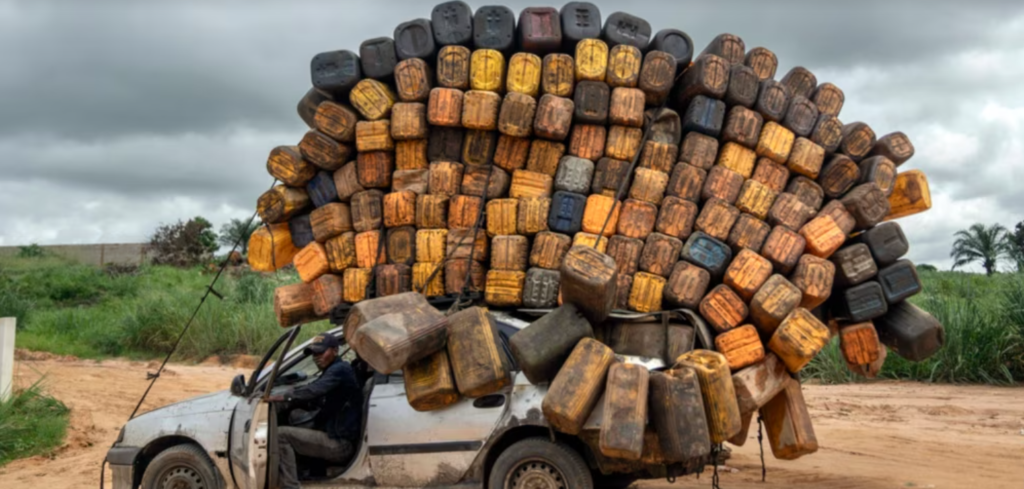
The lack of domestic refining capacity and long transportation routes from ports in neighboring countries significantly inflates fuel prices.
Moreover, political instability and weak governance exacerbate logistical inefficiencies, increasing the cost of fuel for businesses and residents alike. The high fuel prices contribute to soaring transportation costs, impacting food prices and daily commutes for citizens.
2. Senegal: $1.57 per liter
Senegal’s relatively high fuel prices are influenced by its dependency on imported petroleum and government levies.
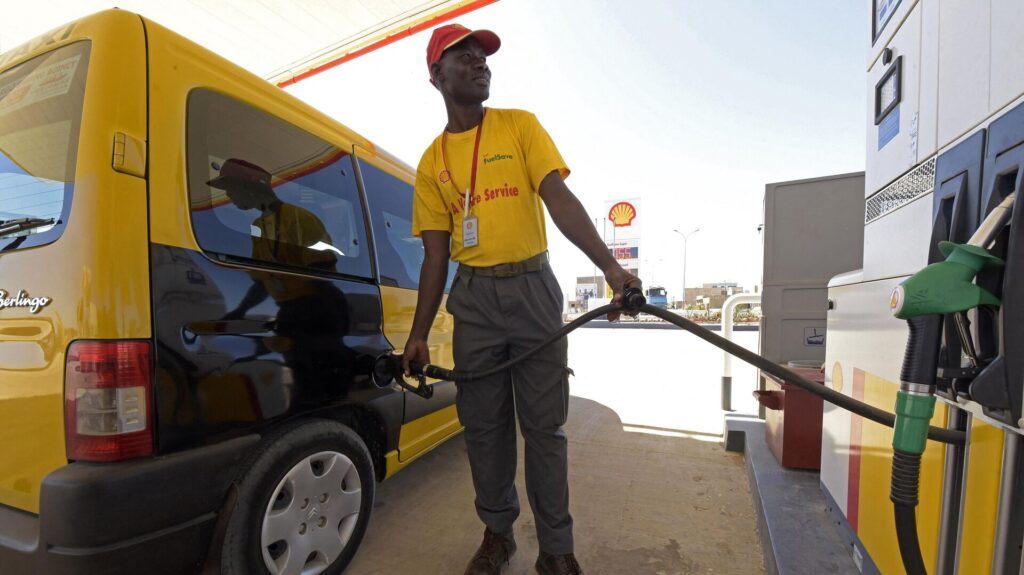
As a key economic hub in West Africa, Senegal’s high fuel costs affect multiple sectors, including transportation and manufacturing. Rising fuel expenses have a domino effect on inflation, increasing the cost of goods and services.
Despite government efforts to subsidize energy costs, the burden on consumers and businesses remains significant, highlighting the need for improved energy policies and investment in renewable energy sources.
3. Zimbabwe: $1.48 per liter
Zimbabwe’s fuel prices remain among the highest in Africa, largely due to economic instability and policy mismanagement. A combination of fuel levies, high import costs, and currency devaluation contributes to the steep prices.
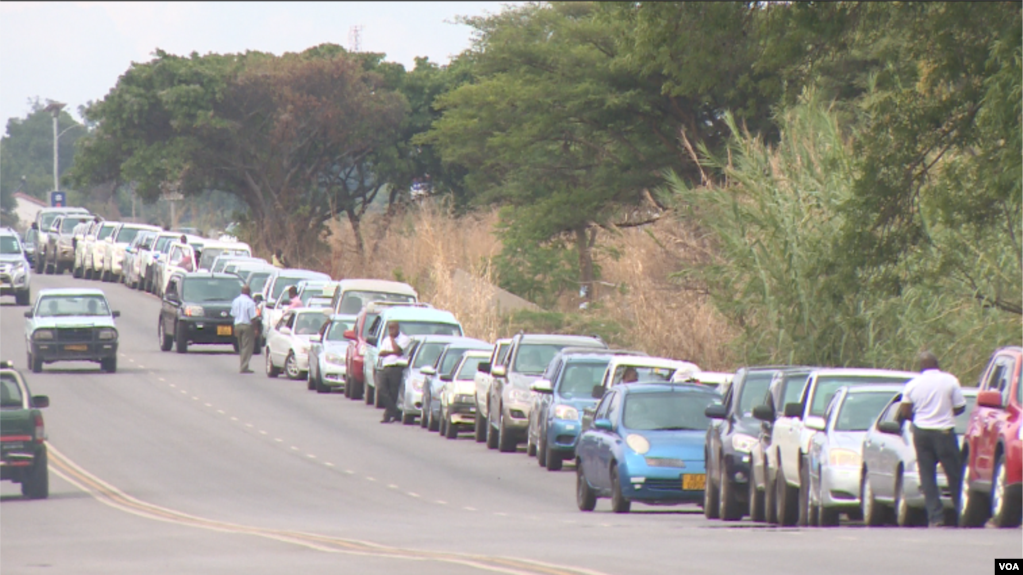
The country’s economic policies, including taxes on fuel imports, exacerbate the situation, making fuel less accessible to businesses and individuals.
The high cost of fuel is a significant driver of inflation, further straining the livelihoods of Zimbabweans and impeding economic recovery efforts.
4. Malawi: $1.46 per liter
Landlocked Malawi grapples with high fuel prices due to its dependence on imports and inadequate transportation infrastructure.
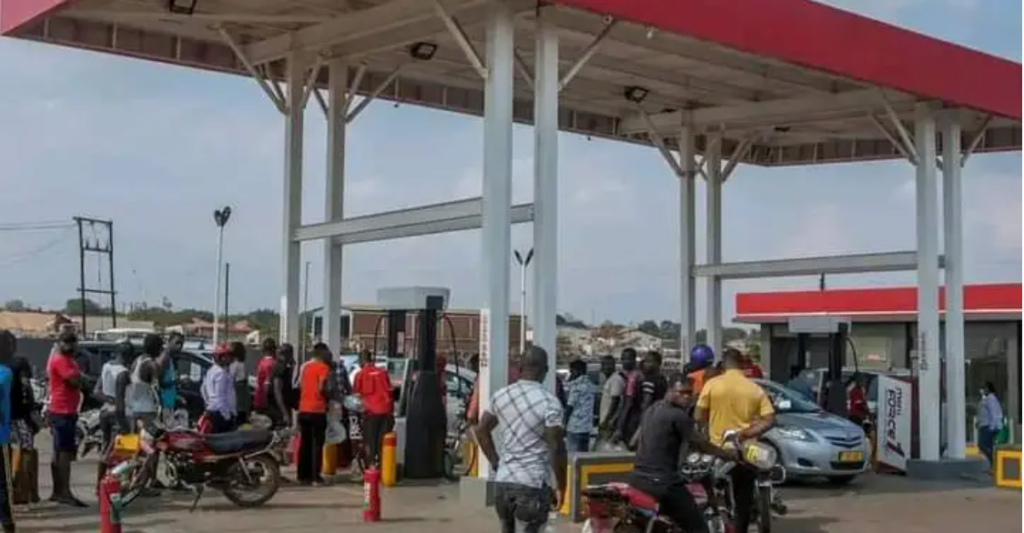
The logistical challenges of importing fuel from ports in Mozambique or Tanzania add significant costs, which are passed on to consumers. High fuel prices affect the country’s agricultural and transportation sectors, increasing the cost of goods and services.
Addressing these challenges requires investments in refining capacity and regional energy partnerships to reduce dependency on imports.
5. Seychelles: $1.454 per liter
An island nation, Seychelles faces unique challenges in managing fuel prices. The high cost of importing fuel, coupled with limited storage capacity, drives up prices at the pump.
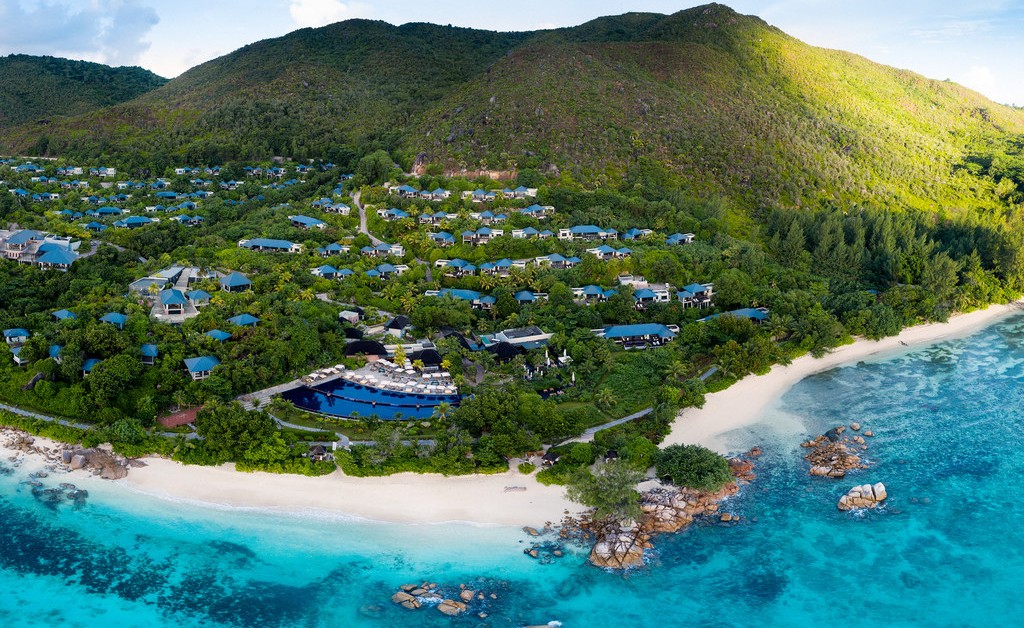
As a tourism-dependent economy, expensive fuel raises operational costs for airlines, hotels, and local transportation services.
While Seychelles has taken steps to invest in renewable energy and energy efficiency, the reliance on imported petroleum continues to strain the economy and affect the cost of living for its citizens.
6. Ivory Coast: $1.387 per liter
As one of West Africa’s leading economies, the Ivory Coast faces fuel price challenges linked to its growing energy demands and import dependency.
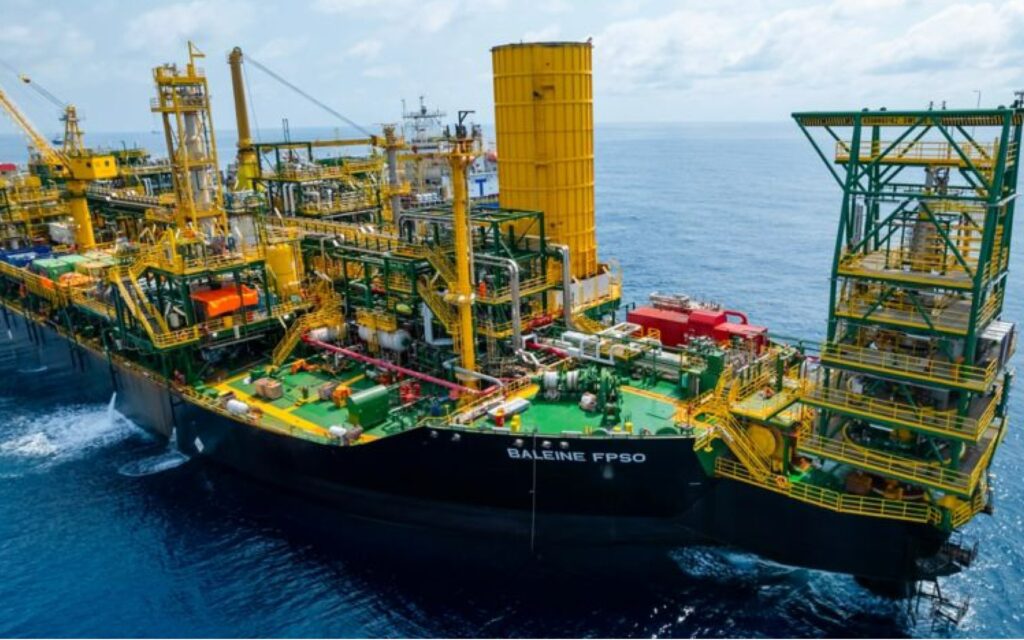
The agricultural sector, a cornerstone of the Ivorian economy, is particularly affected by rising fuel costs, which increase transportation expenses for agricultural goods.
The government’s efforts to stabilize fuel prices through subsidies and infrastructure investments have only partially alleviated the burden on consumers and businesses.
7. Sierra Leone ($1.387 per liter)
Sierra Leone’s fuel prices reflect the challenges of import dependency and limited infrastructure. The high cost of fuel has intensified inflation, affecting both businesses and households. For the transportation sector, these prices have led to increased fares and reduced accessibility for low-income residents.
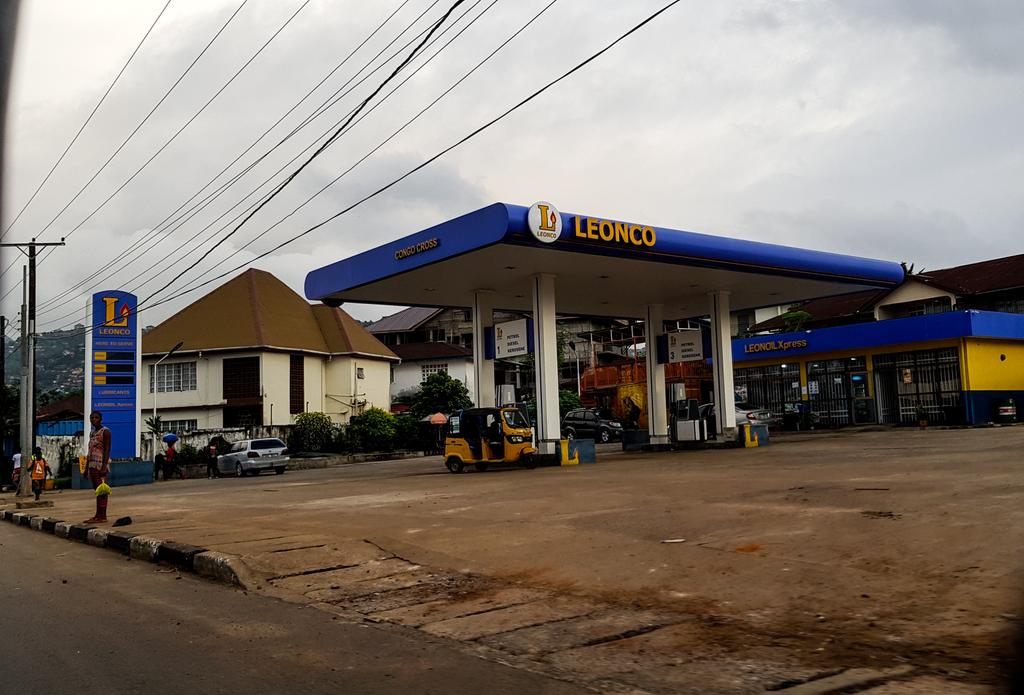
Addressing these issues requires a multifaceted approach, including improving infrastructure, reducing fuel levies, and exploring regional energy partnerships. Such measures could help stabilize prices and foster economic growth.
Factors contributing to high fuel prices
1. Import dependency
Many African countries rely heavily on imported refined petroleum, which incurs significant transportation and importation expenses. Without sufficient refining capacity, nations must contend with global market fluctuations and shipping costs, making fuel more expensive.
2. Infrastructure challenges
Poor infrastructure, including inadequate pipelines, storage facilities, and road networks, contributes to inefficiencies in fuel distribution. These challenges add logistical costs that inflate fuel prices for consumers.
3. Economic policies
Government taxes, levies, and regulatory fees often contribute significantly to fuel costs. While these revenues fund development projects, they can burden consumers and businesses, particularly in low-income economies.
4. Global market trends
Volatility in global oil prices and geopolitical events can have a direct impact on fuel costs. Exchange rate fluctuations further exacerbate price instability in countries with weak currencies.
Opportunities
- Diversification: Investing in renewable energy sources like solar and wind can reduce reliance on imported petroleum.
- Infrastructure Development: Building refineries and improving transportation networks can lower distribution costs and stabilize prices.
- Regional Cooperation: Strengthening regional energy trade and partnerships can enhance energy security and reduce costs.
Challenges
- Funding: Securing the resources needed for infrastructure development and energy diversification is a significant hurdle.
- Policy Coordination: Aligning national policies with regional and global energy goals requires political will and cooperation.
- Adoption of Alternatives: Transitioning to renewable energy sources will require overcoming technological and logistical barriers.
In 2024, the Central African Republic, Senegal, Seychelles, Zimbabwe, Ivory Coast, Malawi, and Kenya lead Africa in having the highest fuel prices.
These costs are driven by factors such as import dependency, poor infrastructure, economic policies, and global market trends. High fuel prices have widespread implications for economies, businesses, and residents, emphasizing the urgent need for energy diversification and infrastructure development.
By addressing these challenges and leveraging opportunities for renewable energy and regional cooperation, African nations can reduce fuel prices, enhance energy security, and support sustainable economic growth.

